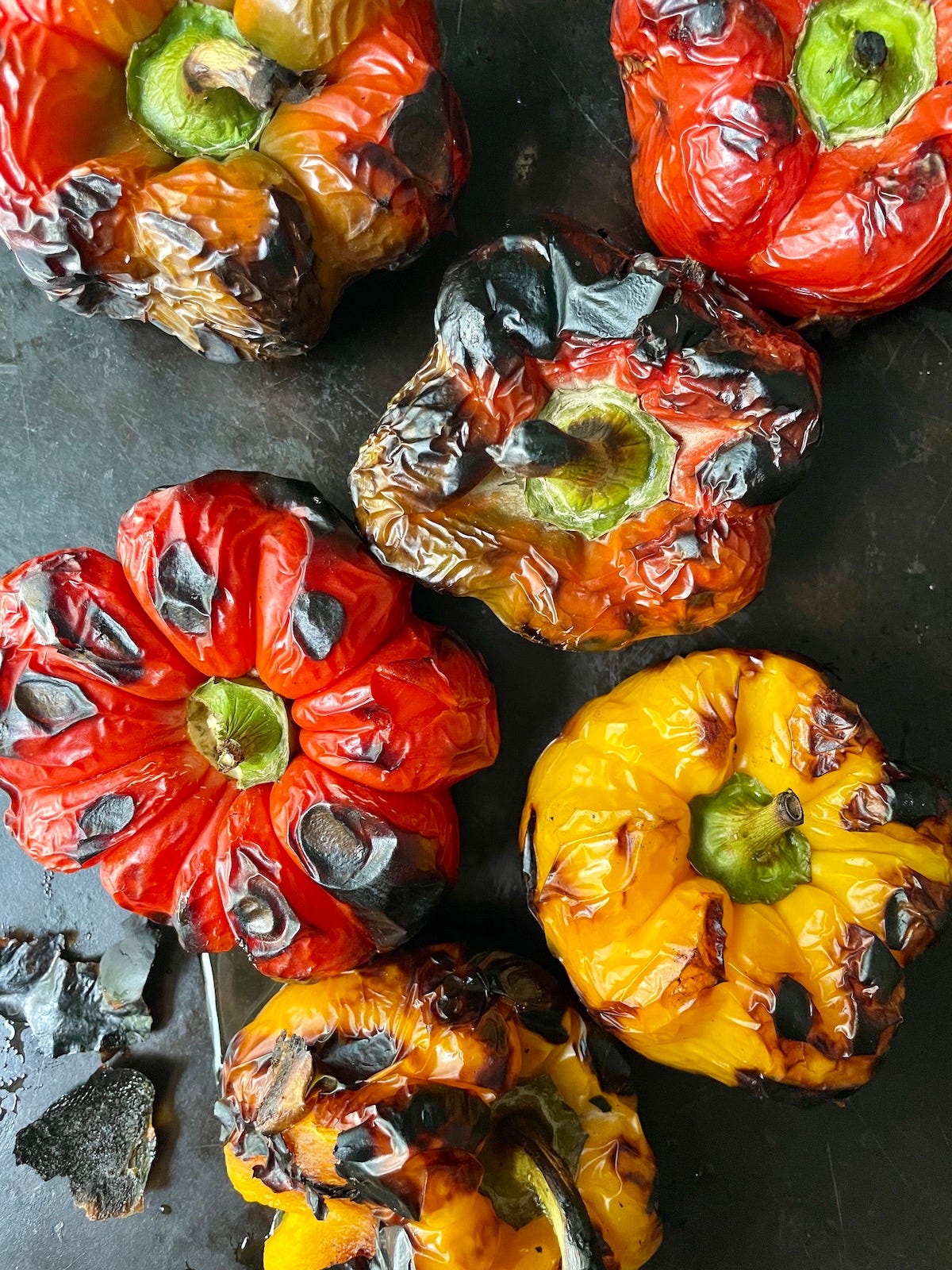Saving Summer
A highly opinionated guide to preserving

I’m going to start off by saying that I’m not a big canner or pickler. I have done it a few times, but unless you have the equipment, the space, and, most of all, the time and willingness to do it, it’s not going to fit neatly into your schedule. Many people can tomatoes every year, and God bless them. If you do, feel free to send me a jar or two! I’d be happy to have them.
In the olden days before refrigeration, preserving the summer bounty was a necessary way of life if you wanted to avoid starvation. You had to put up everything you could so you’d have enough food to last for the long, cold winter. There were many ways to do this, starting with the aforementioned canning and pickling. A nice cold root cellar stored hardy vegetables for months. We had a winter farm share a few years ago and I was surprised to see how even vegetables like cabbage lasted for months stored under these kinds of conditions. For now, I’d rather not think about those dusty vegetables, because the fresh stuff is so abundant!
Since we don’t HAVE to preserve food — we do it because we want to hold on to those summer flavors to brighten up our winter cooking — there are some easier options to preserve just our favorite and most summery items. We can get just about any vegetable in our local supermarket of decent quality most of the year … with the big exception being tomatoes. There is nothing like summer tomatoes. I love to slow roast them (here’s my process!), but, as I said, canning is a great option too.

